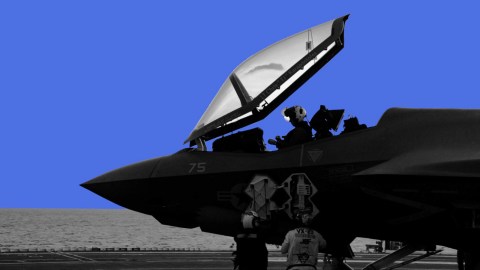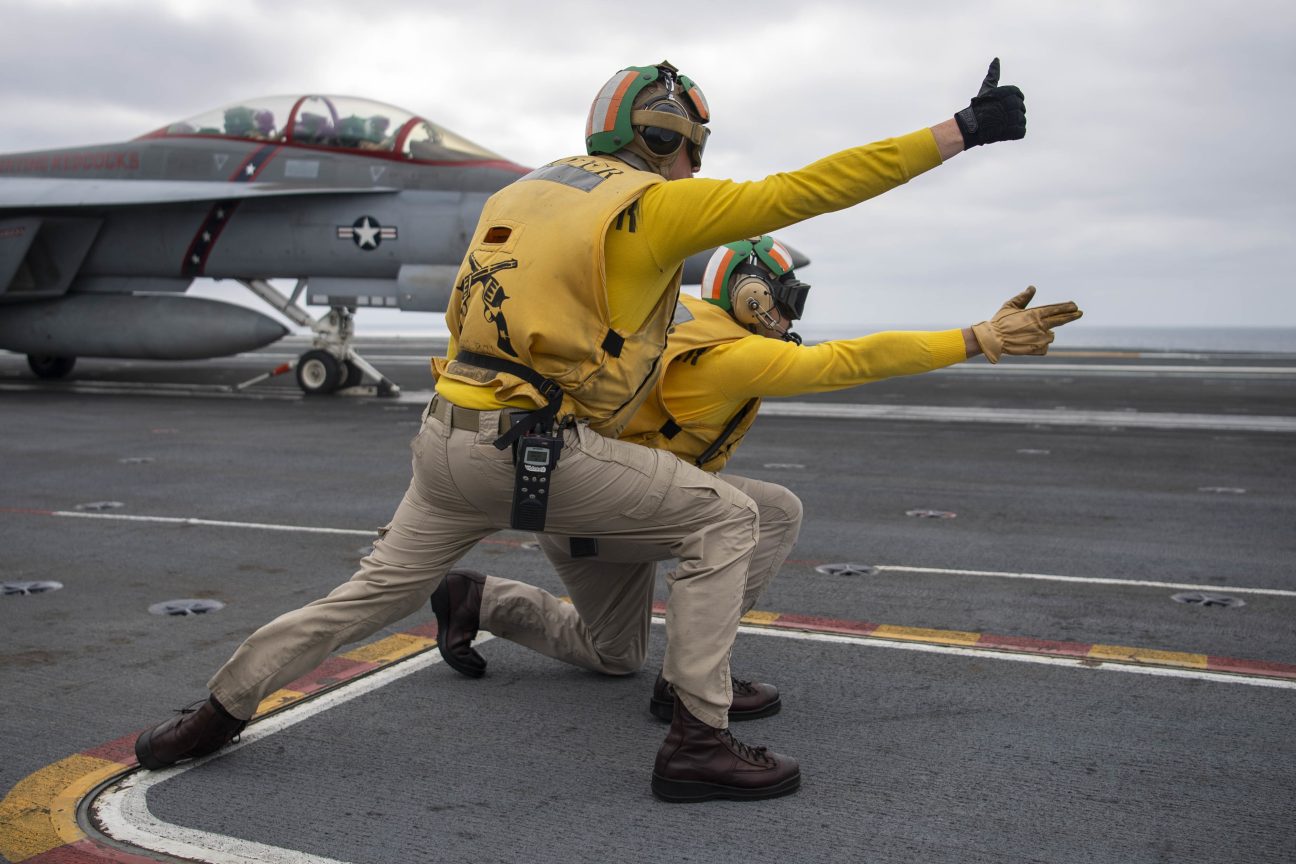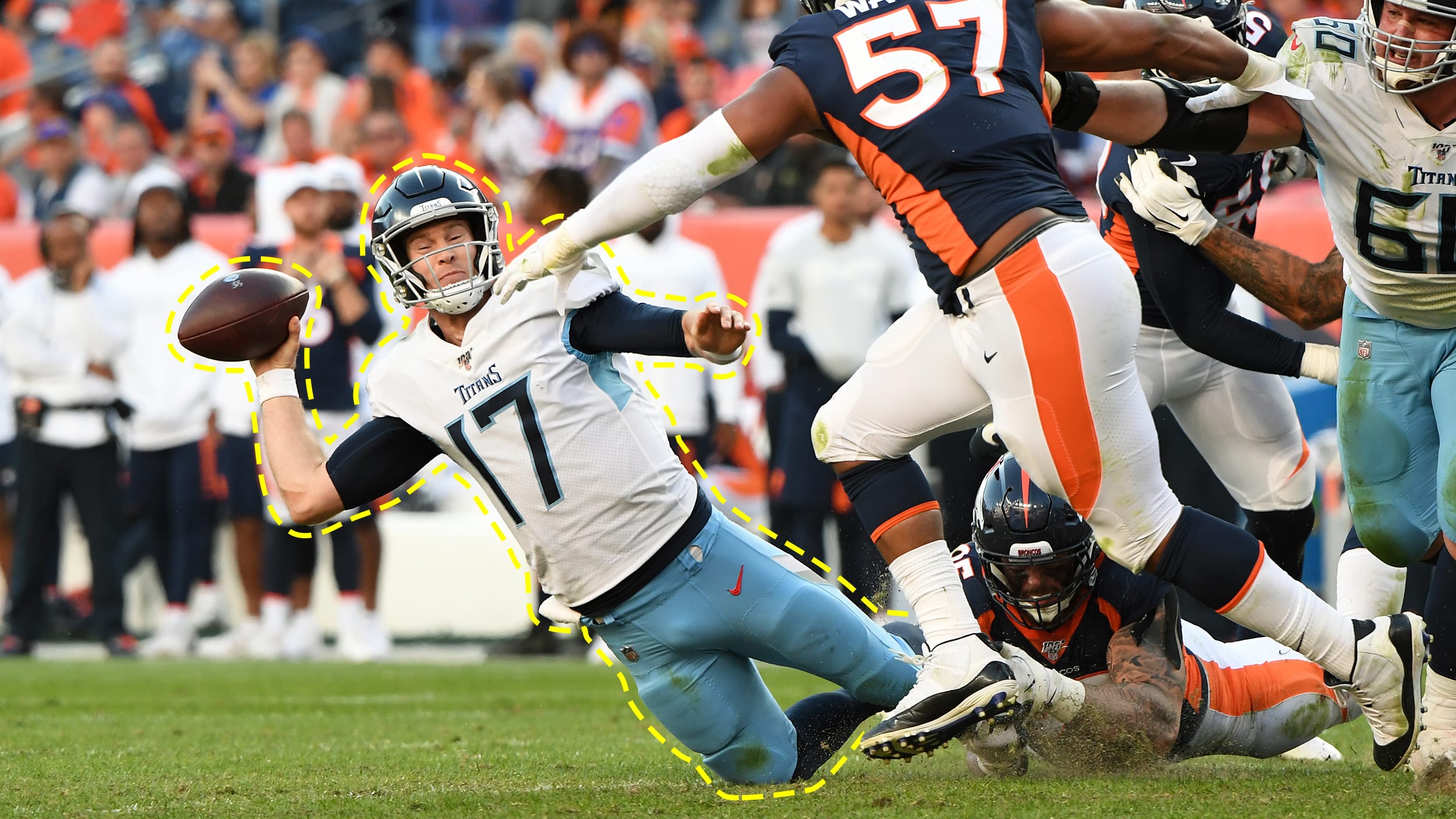Don’t be a maverick: 5 rules for life from the actual TOPGUN school

- Unlike Tom Cruise’s character in Top Gun, the real TOPGUN school teaches pilots to be humble, credible, and approachable.
- Commander Guy Snodgrass shares the lessons he learned as a student and instructor in the program.
- He explains how you can keep calm under pressure, communicate effectively, and make character your calling card.
Top Gun is a titan of eighties cool. The rebellious hero, the rockin’ theme song, the montages — it’s pure cinematic hype fuel. But like so many iconic figures from the greed decade, the film’s protagonist, Pete “Maverick” Mitchell, is not someone you want to model your life on.
Throughout the film, he willfully disobeys orders, improperly hazards an aircraft, conducts himself in ways unbecoming an officer, recklessly endangers the lives of others, and rides his motorcycle on the flight line without a helmet (like a freaking idiot).
Because of these acts, one former judge advocate general estimates, any real-life Maverick would lose his wings, spend several years in jail, and be dishonorably discharged from the service. That’s if he got off easy. Considering some of these crimes were committed in a crisis situation, he might be given the death penalty. Not a sterling résumé.
Conversely, the real U.S. Navy Fighter Weapons School (popularly known as TOPGUN) doesn’t hand out trophies. It teaches the value of humility, credibility, and approachability. And by applying those lessons, graduates go on to nurture incredibly successful careers in the military and beyond.
Commander Guy “Bus” Snodgrass, Ret., is a pertinent example. After graduation, he led combat sorties, received awards for combat excellence, returned to TOPGUN as an instructor, and even held a position as a speechwriter to Jim Mattis, the 26th U.S. Secretary of Defense. That’s a much more impressive résumé.
From his experiences, Snodgrass has developed life and career lessons you can apply in or out of the cockpit. Here are five TOPGUN lessons you can start using today.
1. Create a network of wingmen
When facing adversity, you may feel the need to go it alone. Whether that’s because you want to demonstrate your skill or you don’t want to burden others, this solo strategy is ultimately counterproductive. You’ll be far more successful with the support of a wingman or wingwoman.
Create an entire network of wingmen and women, and you make available a panoply of skills, expertise, and personalities to draw on for years to come. Such an array of talents would be impossible for a single person to master, and any one of which may prove clutch in a critical moment.
But Snodgrass warns against viewing your network as exclusively self-serving. “You want to foster genuine friendships and not just that transactional type of relationship,” he said in an interview. In other words, you can’t expect someone to be your wingman if you aren’t willing to be theirs.
To nurture genuine friendships, Snodgrass recommends employing the 51–49% principle. That is, always be giving a little more than you receive. This action signals to your network that you’ll be there for them and won’t take advantage of their generosity.
“As the saying goes, ‘A rising tide will lift all boats,’” Snodgrass added. “You’ll find that your entire group will become even more successful over time.”

2. Stay calm under pressure
Fighter pilots must stay calm during intense situations while experiencing 8 or 9 G’s of force. Even with their special equipment and heightened G-tolerance, that’s an incredible feat of mental and physical fortitude.
To help them keep calm under pressure, Snodgrass says TOPGUN graduates rely on three military precepts to guide them:
Calm breeds calm. Mirror neurons allow us to empathize and synchronize our actions with the group. They also allow the group’s emotions to bleed into us and vice versa. Your anger, agitation, and anxiety can easily become others’. But so can your calm. Learning to tap into your calm can create a collective chain reaction for those around you.
Calm is smooth, smooth is steady, steady is fast. When facing an emergency, your mind will naturally desire a solution immediately. Instead, pause and assess the situation to ensure you have accurate information to act on. Then, when you choose to act, you can do so steadily and quickly.
As Snodgrass points out, Albert Einstein followed this advice though he phrased it in his own way: “If I had an hour to solve a problem, I’d spend 55 minutes thinking about the problem and 5 minutes thinking about solutions.”
Emotion is the enemy of good judgment. Emotions can sometimes serve as mental blinders. By considering an emergency or challenge from a third-person perspective — or simply asking a wingman for his advice — you can find a balanced path between emotional intelligence and a rational plan.
To embody these precepts, Snodgrass says to practice emergencies in advance so your rote memory can free up mental resources for higher-order thinking. He also recommends heightening your emotional intelligence so you can be mindful when intense emotions take over and how to better handle them.
You want to be the best that you can be, but it’s not at the expense of the person to your left or your right. You want to work together collaboratively.
– Commander Guy Snodgrass
3. Influence others with effective communication
When flying at Mach speed 50,000 feet in the air, fighter pilots don’t have time to mince words. They have to say what they need to say, clearly and without ambiguity. From these high-octane moments, the TOPGUN school has developed two strategies for effective communication.
The first strategy is the acronym BLUF, which stands for “bottom line up front.” Put simply: In any communication, speak directly to the ultimate goal or most important piece of information first. Time is precious, and if you can’t communicate everything, you can at least use BLUF to ensure everyone gets the takeaway.
The second is to build consensus beforehand. Give yourself time to raise concerns and prepare answers to plausible questions. Then establish alignment around communication norms. The more groundwork you lay before you find yourself in a difficult situation, the easier communication will be once there.

4. Open yourself up to feedback
Receiving feedback can be difficult. One reason is that being told where we can improve makes us feel like imposters. Another is that most people aren’t skilled at offering constructive criticism. But neither has to be true.
You should approach feedback as a necessary element of improvement. It makes you better, stronger, and more accomplished at whatever you’ve set out to do. Instead of revealing you as an imposter, gracefully accepting feedback is the mark of professionalism and maturity.
“It’s your choice to open that door and walk through it. You want to be better, and that’s the very nature of being a professional,” Snodgrass said.
On the other hand, your critics should wield feedback like a chisel and not a sledgehammer. It isn’t their job to tear the recipient down but to help that person learn, grow, and reach the standard — and after that, their full potential.
How can you better open yourself up to feedback? There’s no secret strategy. Snodgrass says you just have to be receptive. In time, you’ll habituate to the unease and actively seek it out.

5. Make character your calling card
Every lesson discussed so far finds its bedrock in trust. To make these lessons work for you, you need to establish trust by making your character your calling card.
To start, Snodgrass says, aim for being confident but not cocky. Arrogance creates a personality wall around you that blocks out feedback, effective communication, and a wingman’s support. That’s a problem because these interpersonal tools are critical to improving your skills and growing your career.
Conversely, confidence strikes the right balance. It signals to others that you have the skills to get the job done or help them face their challenge. But you still maintain the humility that makes you approachable and trustworthy.
“There is no TOPGUN trophy. We don’t collect points to determine who is the best student or instructor,” Snodgrass said. “You want to be the best that you can be, but it’s not at the expense of the person to your left or your right. You want to work together collaboratively.”
He also endorses developing your core values and using them to chart your career course. Naturally, you’ll fail on occasion, but don’t see these as damaging to your character. They are, in fact, a means to strengthen it. By being honest, not making excuses, and focusing on growth, failure reinforces that you are someone other people can put their trust in.
“The real TOPGUN, the real schoolhouse, is a leadership laboratory. It’s a laboratory for personal performance and human dynamics,” Snodgrass said. “Some of the big lessons you learn [there] apply to a wide variety of individuals.”
Learn more on Big Think+
With a diverse library of lessons from the world’s biggest thinkers, Big Think+ helps businesses get smarter, faster. To access Guy Snodgrass’s full class for your organization, request a demo.





